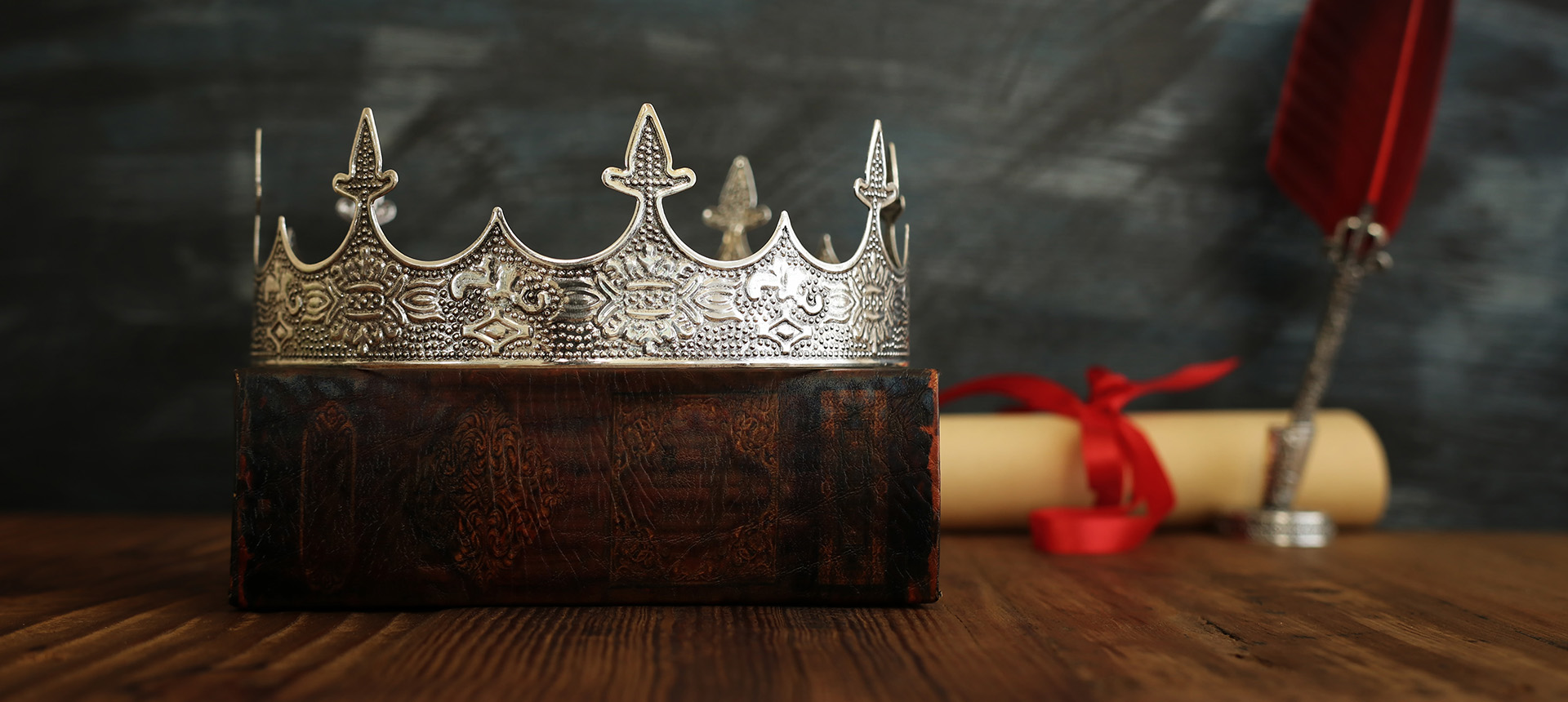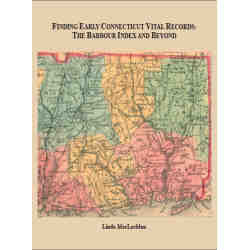
The system of primogeniture, the medieval practice of passing down a title and its holdings to one’s eldest son (or daughter), accounts for the fact that many Americans have royal or noble ancestors. For example, the millions of descendants of the 970 immigrant ancestors discussed in the 2018 edition of Gary Boyd Roberts’ book, The Royal Descents of 900 Immigrants to the American Colonies, Quebec, or the United States (“RD 900”), share royal ancestry because of a pattern of social leveling common to most Western European nations. Second and subsequent sons or daughters of kings became or married nobles. Younger sons or daughters of the nobility became or married “gentry”–knights, manorial lords, gentlemen with coats-of-arms, baronets, lairds, and seigneurs. The younger children of the gentry became or married merchants, clergymen, Puritan or Huguenot leaders, university fellows, bureaucrats, or professional soldiers. Left with few alternatives on the social ladder, members of these last groups, or their younger sons and daughters, immigrated to the American colonies and later to the U.S.
So the younger children of kings became nobles, younger children of nobles became gentry, younger children of gentry became professionals, and the children of professionals often came to America. In fact, Mr. Roberts’ 970 immigrants of royal descent link millions of modern Americans to the ancient and medieval world. These immigrants also link a likely majority of middle-class suburbanites to most of European nobility–noble leaders of the French Revolution, early Spanish conquistadors, Italian Renaissance princes, Polish and Hungarian nobles (in each country all landowners were noble), princely Austrian conservatives, Prussian Junker generals, the Vasas of Sweden, the Romanoffs of Russia, and the princely Russian intelligentsia were also descended from Plantagenet (English), Capetian (French), and Hohenstaufen (German) rulers of the era 1200 to 1400.
Readers finding immigrant ancestors in “RD 900” can thus connect personally to a large chunk of world history. Readers will encounter examples of recent immigrants from various of the just-mentioned European groups, plus American descendants of such figures as Lucretia Borgia, Hernando Cortez, and Peter Paul Rubens. Distant European cousins who came to America recently include the German rocket scientist Wernher von Braun, actress Audrey Hepburn (whose mother was a Belgian baroness), the Swede Dag Hammarskjold (Secretary-General of the United Nations and long a New Yorker), the Czech Mazaryks, and British writers P. G. Wodehouse, Aldous Huxley, and Noel Coward.
The typical contemporary American has either colonial ancestry that likely includes one or more of these 970 immigrants or has children-in-law or brothers- or sisters-in-law with such ancestry. The distribution of the royally descended colonial immigrants who left notable American progeny, moreover, was almost evenly divided among the colonial regions of New England, the mid-Atlantic, and the Southern colonies. “RD 900” is thus not only useful to many genealogists; it is also relevant to much of the nation, and it connects many of us with Europe, the medieval and ancient worlds, and, perhaps most importantly, with each other. Anthropologists tell us, perhaps mistakenly, that everyone on the planet is a 40th cousin. These two volumes suggest that the kinships between Americans, Europeans, and European-derived peoples may be much closer (20th, 15th, or even as close as 10th cousins). Royal Descents of 900 Immigrants is perhaps the major published work to date to suggest this scope and degree of world kinship. View RD900
Americans with royal or noble ancestors also abound in the following works:
The Ark and the Dove Adventurers [Maryland, 1633]
In November, 1633, the 358-ton “Ark” and the 26-ton “Dove” sailed from the Isle of Wight in England, transporting some 125 colonists to settle the Proprietary Province of Maryland. This new work is the first comprehensive account of those original Maryland colonists, and it contains compiled genealogies of their descendants to the fifth generation when possible. It is an authoritative and significant contribution to early Maryland history and genealogy. View Book Details
Ancestral Roots of Certain American Colonists Who Came to America Before 1700. Eighth Edition
This is the eighth edition of the classic work on the royal ancestry of certain colonists who came to America before the year 1700, and it is the first new edition to appear since 1992, reflecting the change in editorship from the late Walter Lee Sheppard, Jr., to his appointed successors, William and Kaleen Beall. Like the previous editions, it embodies the very latest research in the highly specialized field of royal genealogy. As a result, out of a total of 398 ancestral lines, 91 have been extensively revised and 60 have been added, while almost all lines have had at least some minor corrections, amounting altogether to a 30 percent increase in text. View Book Details
At the signing of the Magna Charta, 25 men representing the barons signed as sureties of the baronial performance; however, only 17 have identifiable descendants. Each of the 17 is represented in the celebrated Magna Charta Sureties, which traces their connections–line by line and generation by generation–to approximately 160 American colonists. The Magna Charta, of course, celebrated its 800th birthday in 2015. View Book Details




